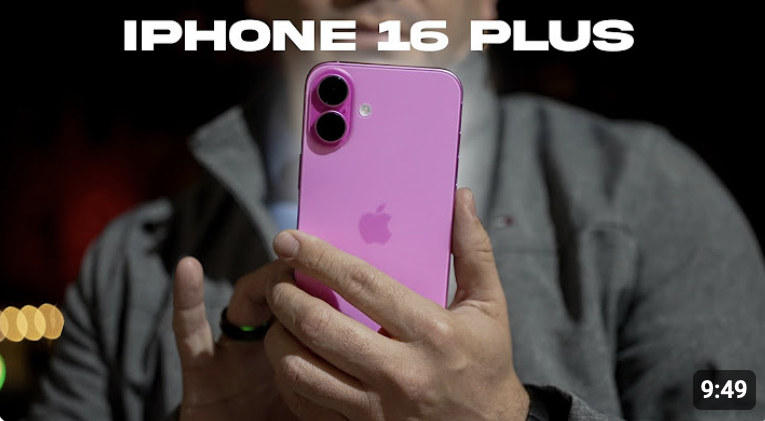During the 1940 presidential election, Paul Lazarsfeld came up with the two-step flow theory which states that media communication is not direct and that there are opinion leaders who act as a bridge between media and the public. These leaders are individuals who will interpret media and convey it to others. This will increase the impact of the information and at the same time influence the public (Uzunoglu et al., 2014).
In the Internet era, consumers have started to rely more and more on social media when buying a new product. Customers are seen as submissive receivers of marketing, it is only the opinion leaders who can voice judgement on products and have an influence (Lai Cheung et al., 2022)
Brands will communicate with customers through opinion leaders but the efficacy of the communication is influenced by a main factor which is the status of the opinion leader. People are more likely to be influenced by individuals that are equal to them and with whom they can feel close. This is why brands use influencers to promote their products. Unlike celebrities or typical adds, influencers are seen as ordinary people with whom the users can relate.
If brands have a lot of influencers talking about what they are selling, their reliability and credibility amongst online communities will grow. Moreover, consumers value the opinion of someone who has personally tried the product. Seeing an add on the tube or seeing someone make a video while talking about their experience with the product will have two very different impacts on the consumer.
YouTube is a very good example of the two-step flow theory as the people posting can be seen as the opinion leaders who will influence the public with the message present in their videos. YouTube has a lot of impact as it is the second most viewed website in the world and has over 2.5 billion users (Yao, et al,.2022). In addition, most YouTube consumers are easily influenced as their usage is casual: they rarely watch more than one video on a specific topic and almost never comment or interact with the posts (Yao et al,. 2022). Furthermore, it has been shown that social media marketing is 6.9 times more effective than the classic one, which is why brands turn to influencers as potential marketing devices (Lai Cheung et al,. 2022).
For example, when Apple releases a new phone, like the iPhone 16, many videos are made on YouTube by influencers or tech reviewers to give their opinion. Customers will turn to this type of video before buying the new iPhone to see if it is worth the price, what qualities the new model has or maybe what is wrong with it.
In conclusion, YouTube has a strong impact on its viewers and can easily influence them when a new product such as the iPhone 16, is being released. The endorsement of these YouTube influencers reach a broad audience who will listen to their recommendations on wether to buy the newest Apple product. This showcases how the two-step flow theory works in a digital age.
References:
Lai Cheung, M., Leung W., Cheng-Xi Aw, E., Yeik Kay, K. (2022) ““I follow what you post!”: The role of social media influencers’ content characteristics in consumer’s online brand-related activities”, Journal of Retailing and Consumer Services, 66, pp. 1-14
Uzunoglu, E, Misci Kip, S. (2014) “Brand communication through digital influencers: Leveraging blogger engagement”, International Journal of Information Management, 34, pp.592-601
Yao, Q., Yi Man Li, R., Song, L. (2022), “Construction safety knowledge sharing on YouTube from 2007 to 2021: Two-step flow theory and semantic analysis”, Safety Science, 153, pp.1-8


Great post! You’ve clearly explained how the two-step flow theory works in modern YouTube marketing and how influencers can impact viewers’ purchasing decisions. Highlighting YouTube as a platform where consumers seek authentic reviews really shows how advertising has evolved.
I’m curious—do you also feel the influence of YouTube when making purchases? Perhaps you have a favourite YouTuber whose opinion you trust as honest? I’m also interested in your take on negative reviews of products—do you think they have as much influence as positive recommendations?
love the information you gave!, but i would’ve made it more eye catching by adding more pictures around the topic you touched on 🙂
Great explanation of the two-step theory! I like that you gave some background information and then gave a specific example to focus on. The statistics worked very well to back up your points too.
Why primarily Youtube influencers – do you think that other social media platforms have a lower reputation/reliability for tech reviews? Would an opinion leader switching to a different platform to post the same tech reviews affect the reach of information?
Hi! This article makes a decent attempt at presenting the two-step flow theory. It does a reasonable job of connecting the theory to the modern context of social media and marketing. The use of the iPhone 16 and YouTube examples helps illustrate the concepts. However, it could have delved deeper into the limitations and potential drawbacks of relying so much on opinion leaders. Also, it might have explored more diverse platforms and scenarios to provide a more comprehensive view of the theory’s application.